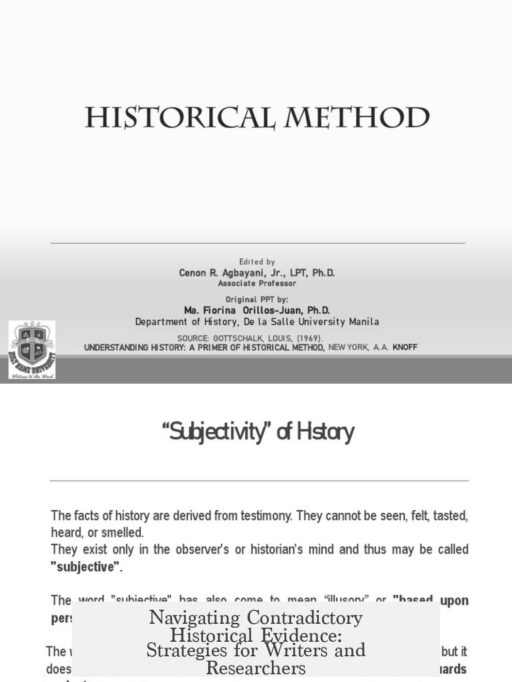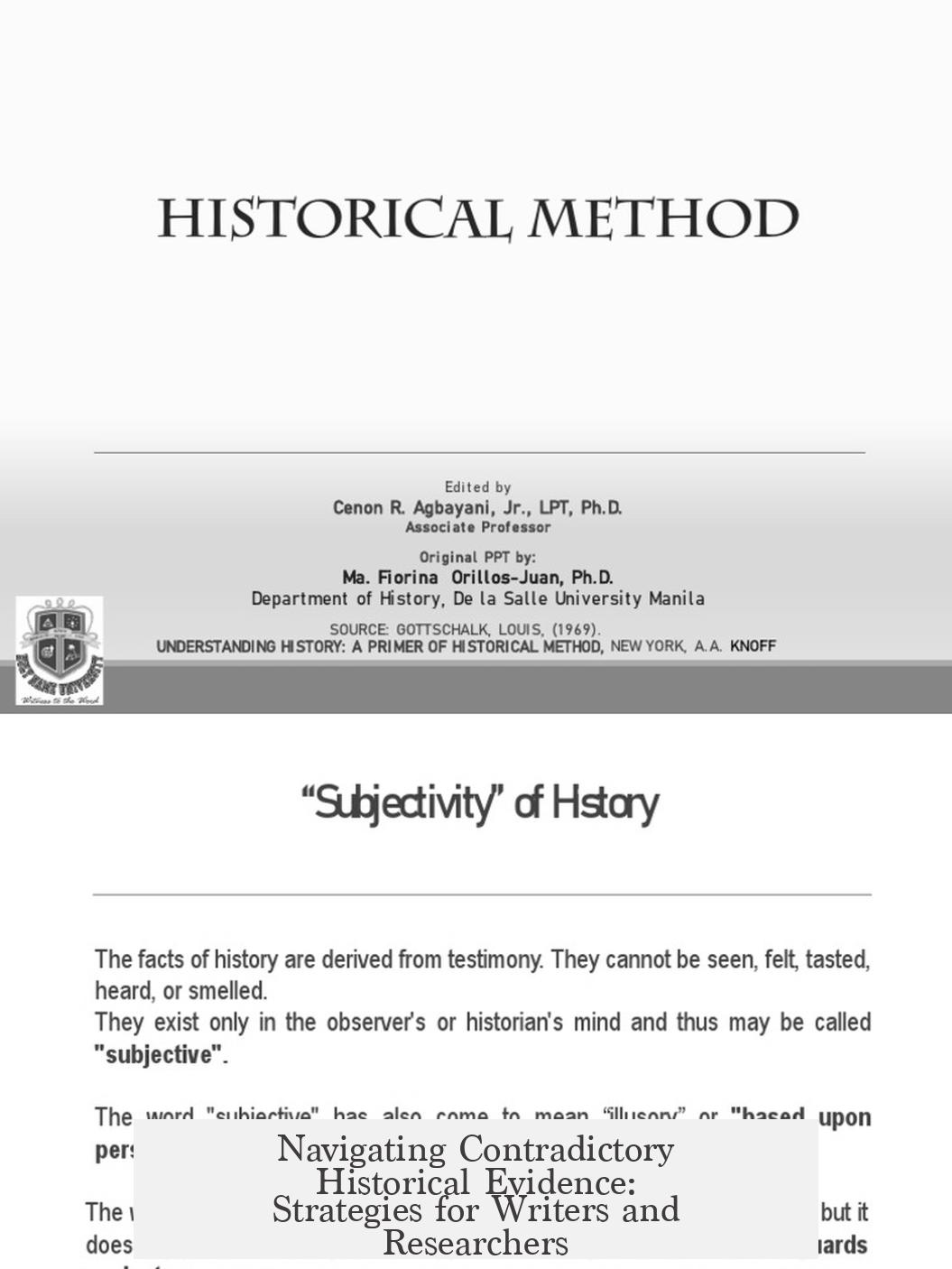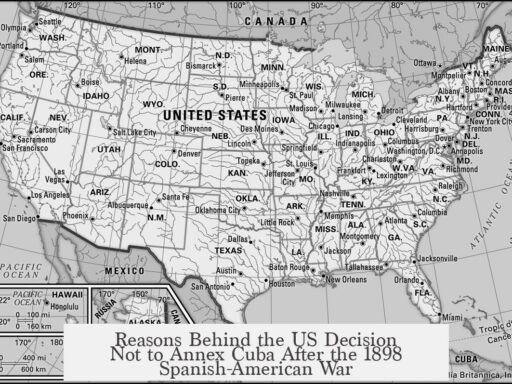Dealing with contradictory historical evidence requires a balanced and thoughtful approach. When conflicting facts affect your central argument, you must address them clearly within the main text to maintain credibility. For less critical discrepancies, explanatory footnotes serve as a suitable space to clarify issues without distracting from your primary narrative. Minor or irrelevant contradictions can be safely ignored to keep your argument focused and concise.
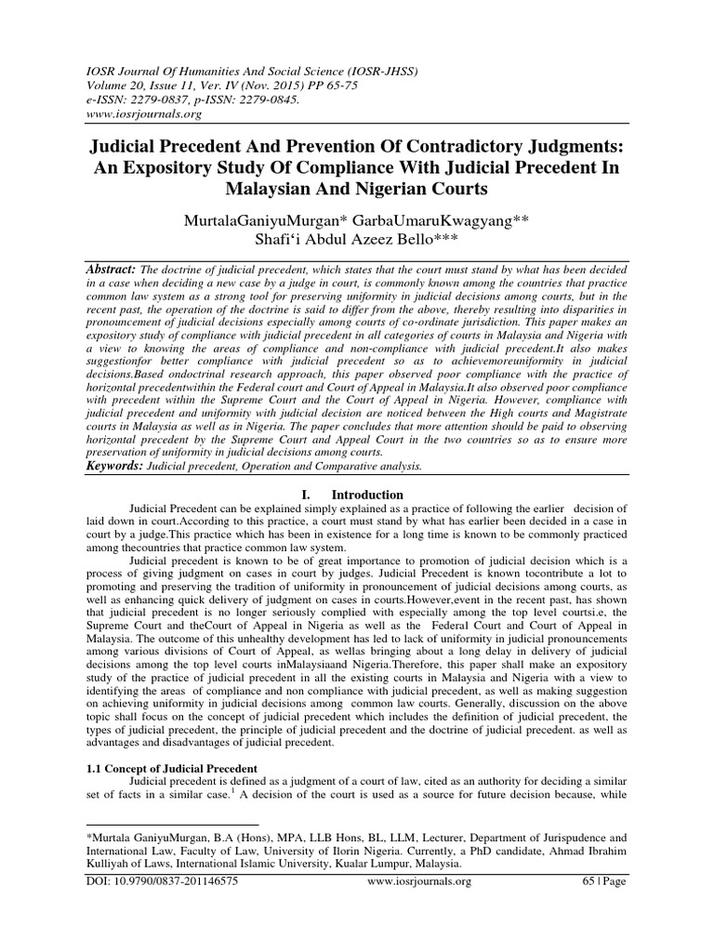
First, evaluate the importance of the contradictory evidence. If it directly impacts your interpretation or thesis, bring it forward in your core writing. For example, if different sources give distinct founding dates for an organization, and this date matters for your argument, explicitly discuss the range and implications.
If the contradictory information is relevant but does not alter your main point, place clarifications in footnotes. This allows informed readers to understand nuances without interrupting the flow. For instance, note inconsistencies about minor details like exact event times or secondary figures in footnotes to acknowledge them academically.
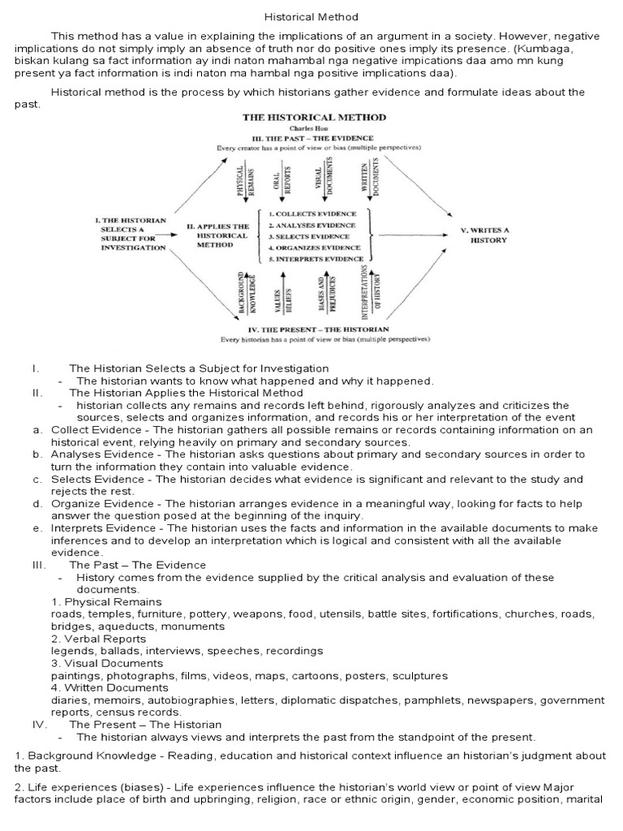
Ignore trivial contradictions that don’t affect your conclusions or the historical narrative. Not every inconsistency deserves attention, especially if it involves negligible details. This focus helps maintain clear and effective communication.
Adjust language to reflect uncertainty accurately. Use approximate terms such as “summer 19XX” instead of a precise month or avoid exact numbers when sources disagree. This approach prevents false precision and embraces ambiguity where evidence lacks definite clarity. It also signals to readers your cautious stance on the data.
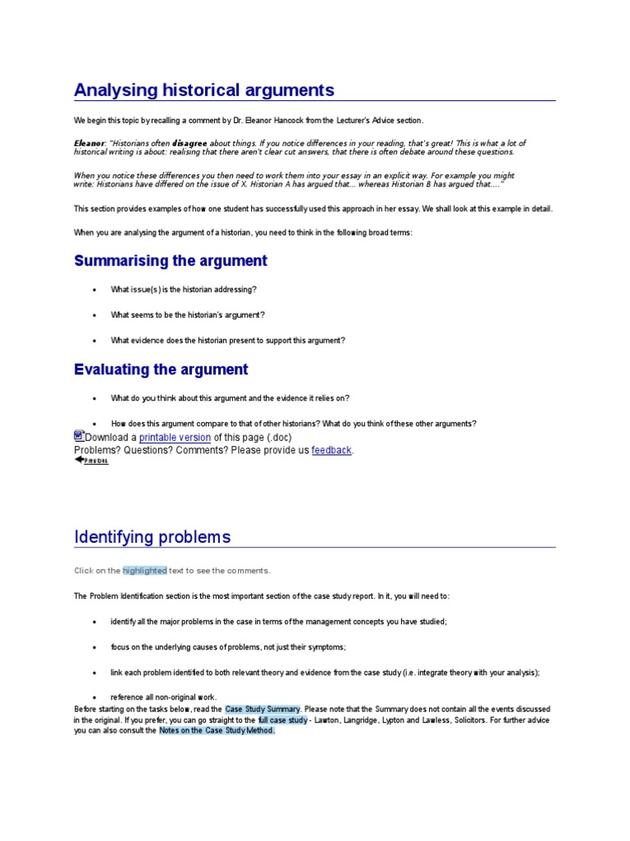
- Address key contradictions in the main text.
- Use footnotes for peripheral discrepancies.
- Ignore trivial inconsistencies.
- Employ vague language to handle uncertainty.
These strategies uphold scholarly rigor, ensuring your historical writing remains honest and comprehensible despite conflicting evidence.
How to Deal with Contradictory Historical Evidence?
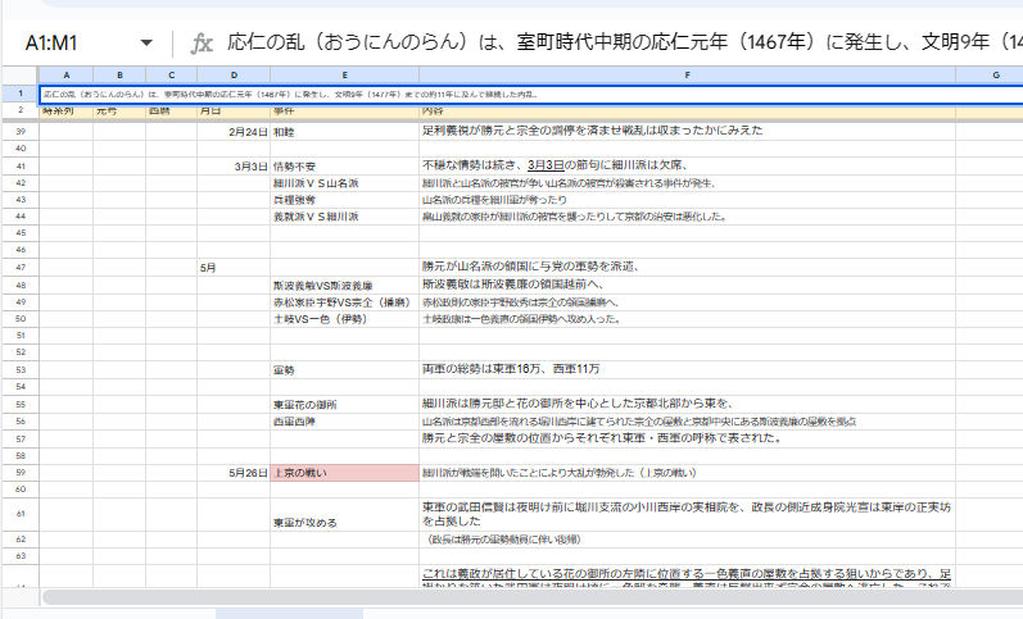
When faced with contradictory historical evidence, the best approach is to weigh its relevance to your main argument and address discrepancies accordingly. That means you don’t have to treat every tiny conflict like the next great historical mystery. Instead, focus on those contradictions that truly affect your interpretation or narrative. This strategy keeps your work engaging, clear, and credible.
Why does this matter? Well, historical evidence is often like a puzzle with a few missing or mismatched pieces. Scholars, writers, and history buffs regularly stumble upon records that don’t quite align — dates may differ, accounts may conflict, or sources might tell opposing stories. The smart move is knowing how to handle these issues without muddying your point or losing your reader’s interest.

Now let’s unpack the best ways to deal with contradictory historical evidence, using practical advice and examples.
Address Major Contradictions Head-On
When contradictory evidence influences the main point you’re making, it deserves a spotlight. Imagine you’re writing about when a famous historical society was founded, but sources debate between June or July. If the foundation date affects your thesis—say, the chronological sequence of events—it’s critical to discuss the contradiction openly in your primary text.
This upfront approach does three things: it builds trust with your readers, shows your thorough research, and strengthens your argument by acknowledging complexity. Plus, it stops nitpickers from accusing you of hiding inconvenient truths.
For example, if you’re exploring the origins of the Renaissance and some documents claim a start in 1350 while others lean toward 1400, ignoring this gap would weaken your narrative. You could write: “Though sources vary—some pointing to 1350 and others to 1400—the Renaissance’s emergence spanned much of the 14th century, reflecting a gradual cultural shift rather than a single starting point.”
Keep Minor Contradictions in Footnotes
Not every historical controversy needs a full-page treatment. If the discrepancy is related but doesn’t shake your core argument, use explanatory footnotes. This way, interested readers get the details without breaking the flow for others.
Footnotes are a writer’s secret weapon: they satisfy curious minds and uphold academic integrity. Suppose you’re discussing the height of a historical figure, with sources differing by a few centimeters. You might state the generally accepted height in the text and then add a footnote about the source variance.
By doing so, you avoid overwhelming your readers with tangential details while still acknowledging the nuance for the detail-obsessed.
Ignore Trivial Contradictions
Here’s a truth bomb: you don’t have to explain every tiny inconsistency you find. Some contradictions don’t matter. They neither affect your main thesis nor add meaningful insight. So, it’s perfectly fine—and even wise—to let them slide.
For instance, if two minor sources differ on what our historical hero ate for breakfast one day, and it has no bearing on your argument, just skip it. Think of it as avoiding nonsense debates about whether Lincoln had pancakes or waffles. Neither detail changes the course of history nor your analysis.
Use Flexible Language to Show Uncertainty
Language is your best friend when handling uncertain data. Instead of picking a side and risking error, adjust your wording to reflect ambiguity. This subtle tactic helps keep your claims accurate and credible.
For example, rather than asserting, “The organization was founded in July 1910,” say, “The organization was founded in the summer of 1910.” This wiggle room accommodates conflicting sources without forcing false precision.
This approach prevents the pitfalls of sounding certain when the facts are murky. It’s especially helpful with dates, numbers, or locations where no definitive answer exists.
Putting It All Together: A Practical Example
Imagine a historian writing about a medieval battle with sources that differ on the battle date and troop numbers. The date varies between May 12 and May 17, while troop counts range from 5,000 to 7,000.
Here’s how they might apply the principles:
- Main Text: They explain that the battle took place in mid-May 1345, acknowledging the date range due to conflicting records—highlighting the difference because it impacts the timeline of the war.
- Footnotes: A footnote elaborates on the varied reports about troop numbers, noting the challenge in precise figures but that the army was roughly 5,000 to 7,000 soldiers.
- Ignore Minor Conflicts: If a minor source mentions a slight difference in the attire color of soldiers, the historian skips it, as it doesn’t affect the battle’s understanding.
- Language Flexibility: Uses phrases like “approximately,” “around,” and date ranges instead of firm statements to reflect uncertainty.
Why Bother With This Approach?
Addressing contradictory evidence thoughtfully elevates your historical writing from sloppy guesswork to credible scholarship. It shows respect for your sources and your readers’ intelligence.
People reading history want to trust you. When you tackle contradictions honestly, you build that trust—even if the truth isn’t neat or certain. Plus, this skill sharpens your critical thinking. You learn to evaluate sources, weigh significance, and present balanced conclusions.
In short, managing contradictory historical evidence is both an art and science. It demands careful judgment to know when to explain, when to note, when to ignore, and how to phrase findings in ways that communicate honesty and clarity.
Final Tips for Writers and Researchers
- Always ask: “Does this contradiction affect my main argument?” If yes, address it clearly.
- For secondary contradictions, footnotes or endnotes are your friend.
- Let go of irrelevant nitpicking. Focus on what matters.
- Use flexible language—like approximate dates—to avoid misleading precision.
- Stay open to revising your work as new evidence emerges.
Dealing with contradictory historical evidence can be tricky—but it’s also what makes history fascinating. Instead of hiding the messy bits, embrace them. Your readers will thank you for it.
